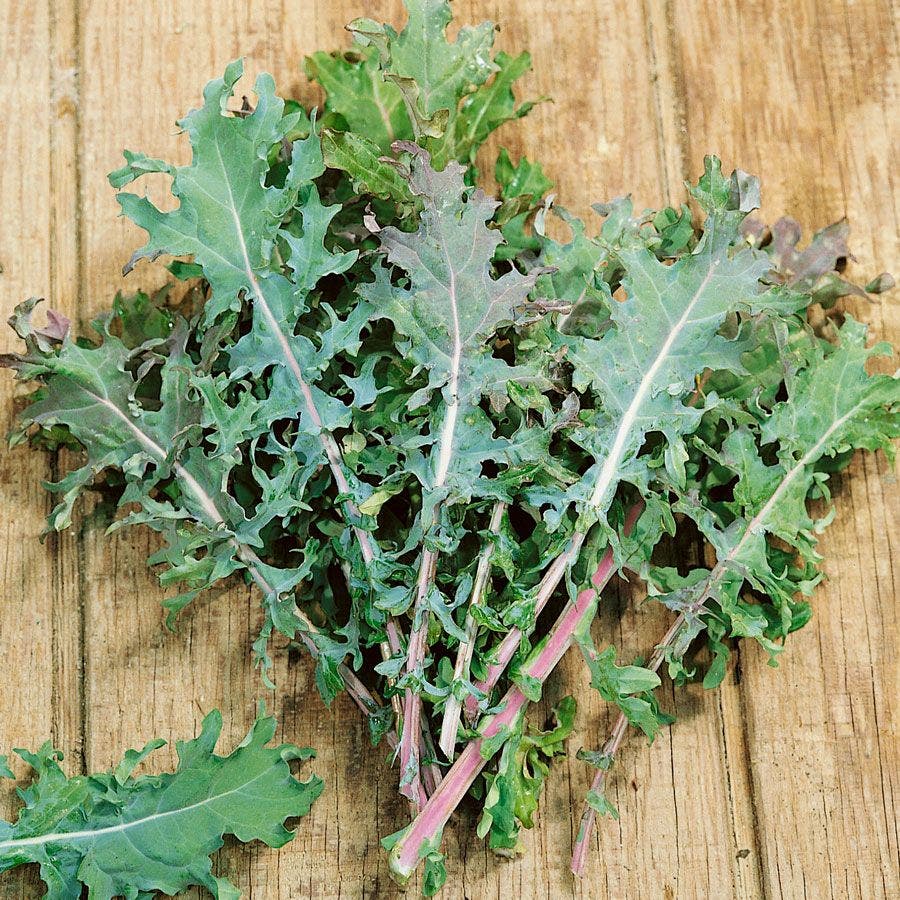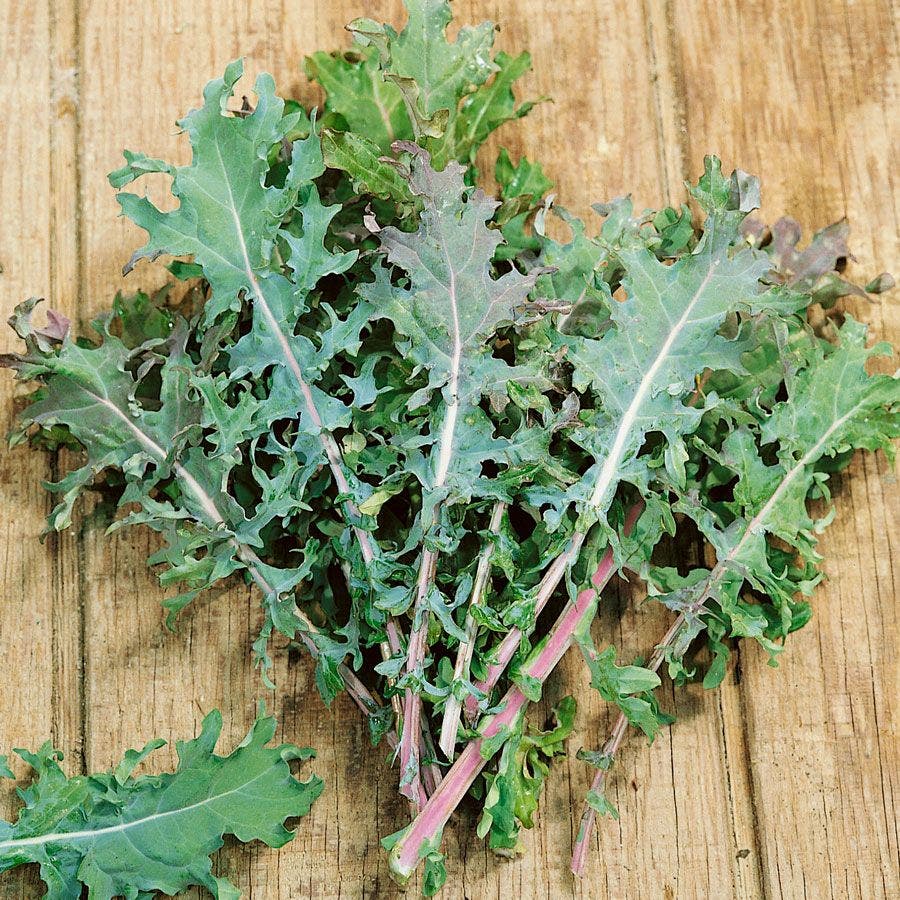Red Russian Heirloom Kale Seeds
Red Russian Heirloom Kale Seeds
Zone compatibility details
Understanding the Prices on Our Product Pages
When shopping on our site, you might notice different types of prices listed for products. Here’s a quick guide to help you understand what each price means:
- Regular Price: The price before any discounts, typically reflecting the median price from the past 90 to 180 days, excluding special promotions and clearance events.
- Now Price: The updated price of an item after a reduction from the regular price. Now Prices are often limited to a short time frame and offer the opportunity to save.
- MSRP: Manufacturer's Suggested Retail Price, provided by the manufacturer as a benchmark to highlight the value of our current pricing.
- Discount Exempt: Products labeled discount exempt are not eligible for discounts or promotional offers.
Please note that product prices are subject to change without notice.
Couldn't load pickup availability

Grow Zone
-
Mature Height
60
Mature Width
12
Sun / Shade
Bloom Size
need bloom size meta
Tomato Fruit Set
Days To Maturity
50
Fruit Weight
Soil Tolerance
Moisture
Description / Red Russian Heirloom Kale Seeds
Days to Maturity: 50; 25 (baby leaves)
A very disease resistant heirloom variety, Red Russian Kale, also known as 'Ragged Jack', is grown as a leafy vegetable. The plant sets dense heads of frilly, oak leaf cut leaves with a red tinge and purple-red stems. The leaves are tender and sweet. After fall frosts, the sweet, nutty flavor is more pronounced and the red and green hues intensify. Kale is fabulous eaten raw and is an excellent addition to salad mixes, but it holds its texture well when cooked and can be steamed, stir fried, or roasted. Kale is considered a superfood for its nutrient rich content, having a high (first place) Aggregate Nutrient Density Index score (ANDI), or micronutrient-per-calorie density. It not only has 6 times more calcium than broccoli but also contains generous amounts of copper, manganese, and potassium as well as vitamins A, B6, C, and K.
An herbaceous biennial, typically grown as an annual, Red Russian Kale is a member of the cabbage and mustard family (Brassicaceae or Cruciferae), commonly called crucifers, brassicas, or cole crops. Red Russian Heirloom Kale can also be grown as sprouts.
Kale is easy to grow from seed, growing best in locations with full sun and organically rich, consistently moist, well-draining loams. Keep Kale well-watered and fertilized. Consider growing with companion plants nasturtium and mint as sacrificial crops. Nasturtium lures cabbage white butterflies to lay their eggs, keeping caterpillars away from kale; and mint deters flea beetles. But mint should be grown in containers because it grows aggressively and can take over a garden.
A cool-season, winter-hardy vegetable, the toughest of the cool-season crops, one of the first to be planted in the garden, kale seed can be direct sown into the garden as soon as the soil is workable in early spring, approximately 4 to 6 weeks before the last frost date. Seeds can also be started indoors 6 to 8 weeks before transplanting into the garden, early spring and fall. It needs cold temperatures to germinate and grow, withstanding light frost and temperatures below 28°F. Row covers offer added protection from heavy frost. Mulching helps to moderate soil temperature and to maintain soil moisture.
If you plan to start your seeds indoors, be sure to check out our Bio Dome Seed Starter Kit. With the Bio Dome, you can control the temperature, light, and soil mix to ensure your seeds become strong for transplant.
Product Details
SKU: 52945-PK-P1
Genus: Brassica
Species: oleracea
Variety: Red Russian
Size:
Foliage Color: Dark GreenGrayLight GreenMixPurpleVariegatedWhite
Harvest Season:- Early Spring
- Early Winter
- Late Fall
- Late Spring
- Late Winter
- Mid Fall
- Mid Spring
- Mid Winter
Uses:- Beds
- Containers
- Cuisine
- Outdoor
- Winter Interest
- Cool Season
- Easy Care Plants
- Edible
- Season Extenders
- Variegated
- Heirloom
